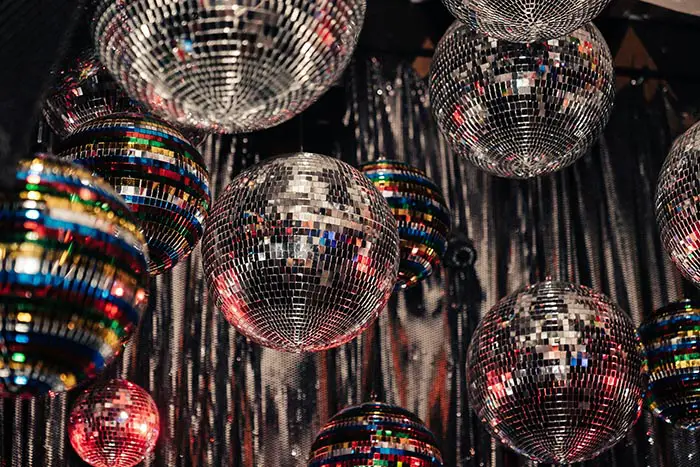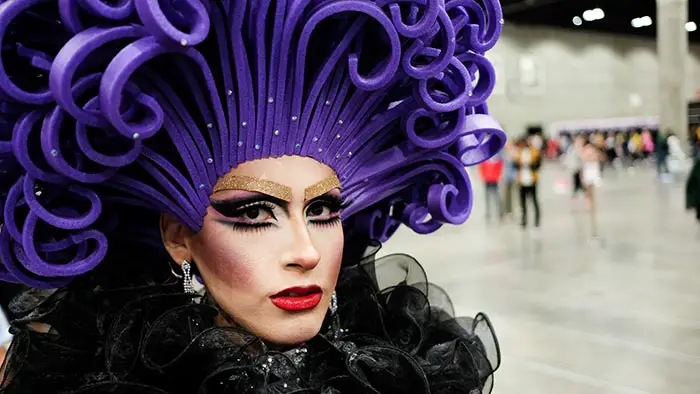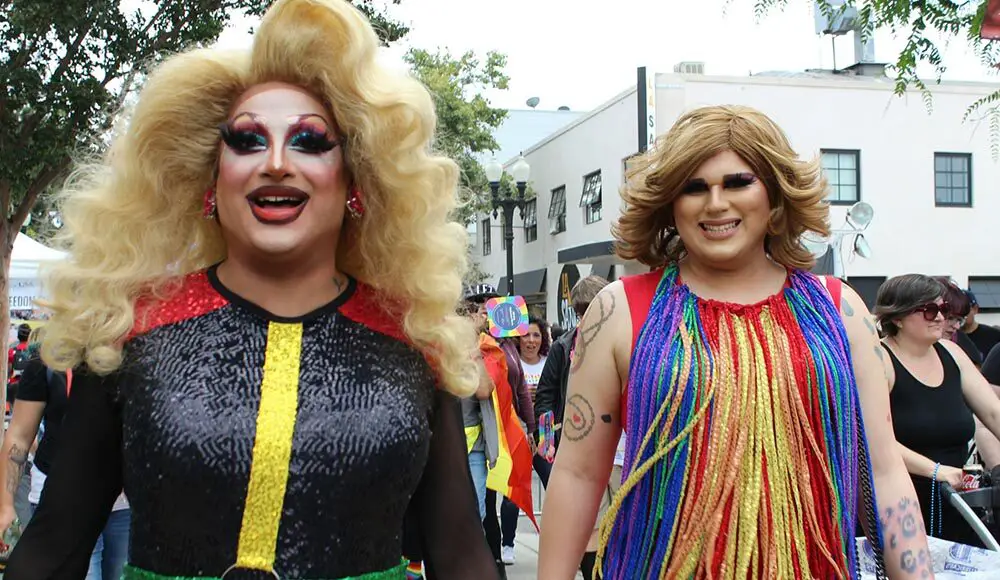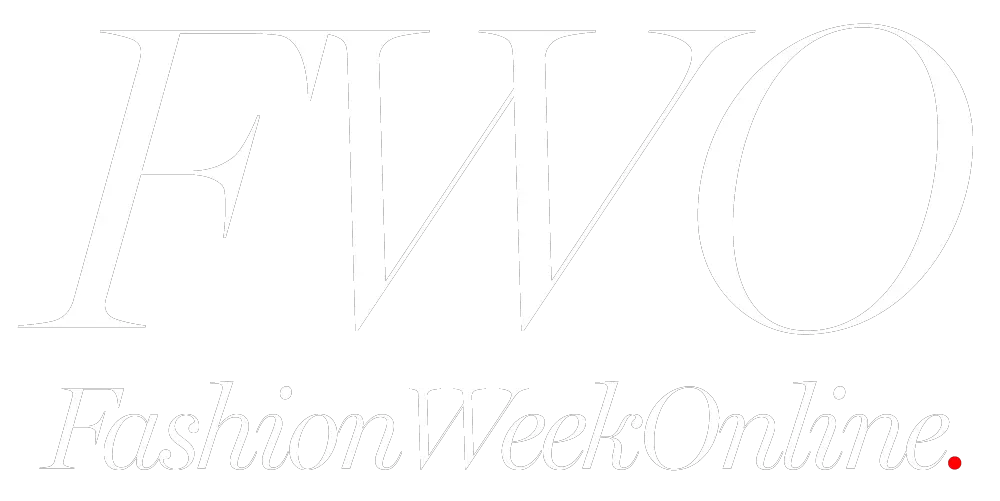Drag queen fashion has always been a dazzling display of creativity, self-expression, and cultural commentary.
From the underground ballrooms of the early 20th century to the mainstream stages of today, drag queens have continually pushed the boundaries of style and gender norms. This journey through time reveals how drag fashion has evolved, reflecting broader social changes and the ever-changing landscape of fashion itself.
The roots of drag fashion can be traced back to vaudeville and pantomime in the late 19th and early 20th centuries. In these performances, men often played female roles, donning elaborate costumes to entertain audiences. The fashion was characterized by exaggerated femininity, with corsets, petticoats, and ornate hats. These early drag queens set the stage for future generations, using fashion as a tool for both entertainment and subversion.
The Harlem Renaissance of the 1920s and 1930s was a vibrant period for drag culture. In Harlem’s underground clubs and speakeasies, drag queens embraced a more glamorous and sophisticated style. Sequined gowns, feather boas, and perfectly coiffed wigs became the norm. This era also saw the rise of legendary performers like Gladys Bentley, whose tuxedo-clad performances challenged traditional gender roles and inspired future drag icons.
The post-World War II era brought about a shift in drag fashion. The 1950s and 1960s saw the emergence of camp, a style characterized by exaggerated, over-the-top aesthetics. Drag queens embraced bold colors, outrageous patterns, and theatrical makeup. This period also witnessed the rise of drag balls, where queens competed for titles in categories like “Realness” and “Femme Queen.” These events were crucial in developing the drag fashion lexicon, blending elements of high fashion with a playful, rebellious spirit.

The disco era of the 1970s brought a new level of visibility to drag culture. Drag queens became fixtures in the vibrant nightlife scene, with Studio 54 and other iconic clubs serving as stages for their flamboyant fashion statements. The fashion of this era was heavily influenced by the androgynous styles of rock stars like David Bowie and glam rock bands. Sequined jumpsuits, platform shoes, and glittering makeup became synonymous with drag, as queens embraced the disco aesthetic’s bold, gender-blurring elements.
The 1980s saw the rise of the “drag mother” figure, an experienced queen who mentored younger performers. This decade was marked by the height of the ballroom scene, immortalized in the documentary “Paris Is Burning.” Drag fashion in this period was a mix of high glamour and street style, with influences from hip-hop, punk, and haute couture. Designers like Thierry Mugler and Jean-Paul Gaultier found inspiration in drag culture, further blurring the lines between mainstream fashion and drag.
The 1990s brought a more diverse and experimental approach to drag fashion. The grunge movement influenced queens to adopt a more casual, deconstructed style, with flannel shirts, ripped jeans, and combat boots becoming part of the drag wardrobe. This era also saw a greater acceptance of gender fluidity, with performers like RuPaul breaking into the mainstream with hits like “Supermodel (You Better Work).” RuPaul’s glamorous yet accessible style paved the way for a new generation of queens who could see themselves in both high fashion and streetwear.
The new millennium brought drag into the living rooms of millions with the debut of “RuPaul’s Drag Race” in 2009. This reality competition show revolutionized drag fashion, showcasing a wide range of styles and pushing queens to elevate their looks each season. The show’s success also led to a global explosion of drag culture, with queens from around the world sharing their unique fashion perspectives. From avant-garde creations to nostalgic nods to past eras, the 2000s were a time of unparalleled creativity and visibility for drag fashion.

The 2010s saw drag fashion reach new heights of sophistication and impact. Queens like Sasha Velour and Violet Chachki brought high fashion sensibilities to their performances, often collaborating with renowned designers and appearing in major fashion publications. This decade also saw drag become a powerful platform for political and social commentary. Fashion choices were used to make bold statements about identity, equality, and resistance, with queens wearing looks inspired by protest movements and historical figures.
The COVID-19 pandemic forced the drag community to adapt in unprecedented ways. With live performances on hold, queens turned to digital platforms to showcase their talents. This shift led to a new wave of innovation in drag fashion, as performers experimented with video effects, virtual backgrounds, and home-crafted costumes. Despite the challenges, the 2020s have been a testament to the resilience and creativity of drag queens, who continue to push the boundaries of fashion and performance in a rapidly changing world.
As we look to the future, drag fashion shows no signs of slowing down. The continued popularity of “RuPaul’s Drag Race” and its international spinoffs ensures that new generations of queens will keep bringing fresh ideas to the stage. The integration of technology, sustainability, and inclusivity will likely shape the next era of drag fashion. Whether it’s through 3D-printed costumes, eco-friendly materials, or greater representation of diverse identities, drag queens will continue to lead the way in fashion innovation.
The evolution of drag queen fashion is a fascinating journey through time, reflecting broader cultural shifts and the ever-changing landscape of style. From the vaudeville stages of the early 20th century to the digital platforms of today, drag queens have continually redefined what it means to be fashionable and fabulous. As we celebrate this rich history, we also look forward to the future innovations and trends that will keep drag fashion at the cutting edge of creativity and self-expression.
##




